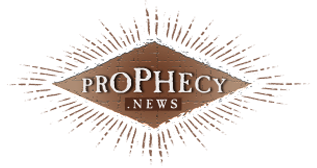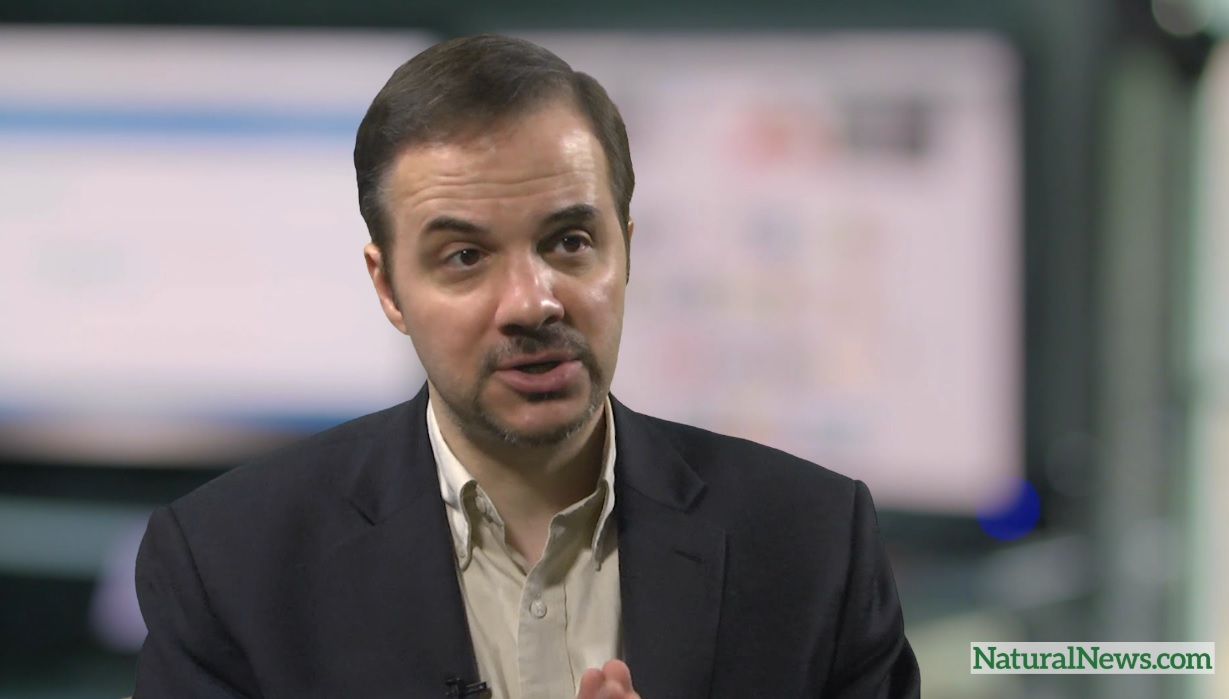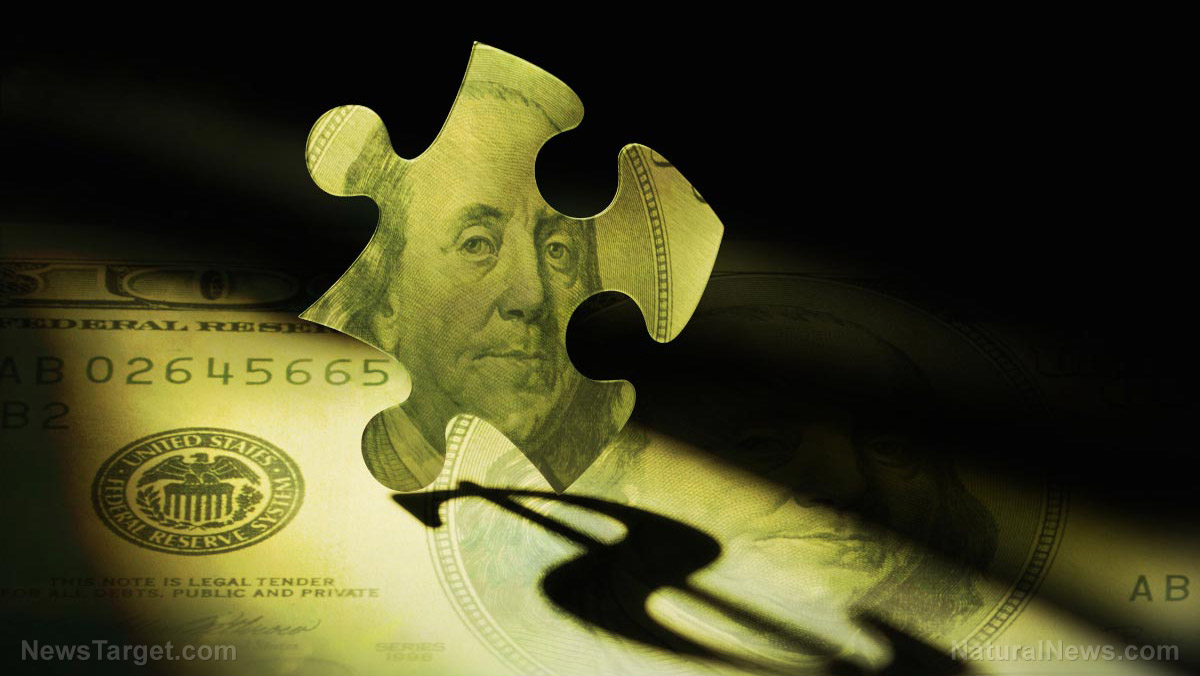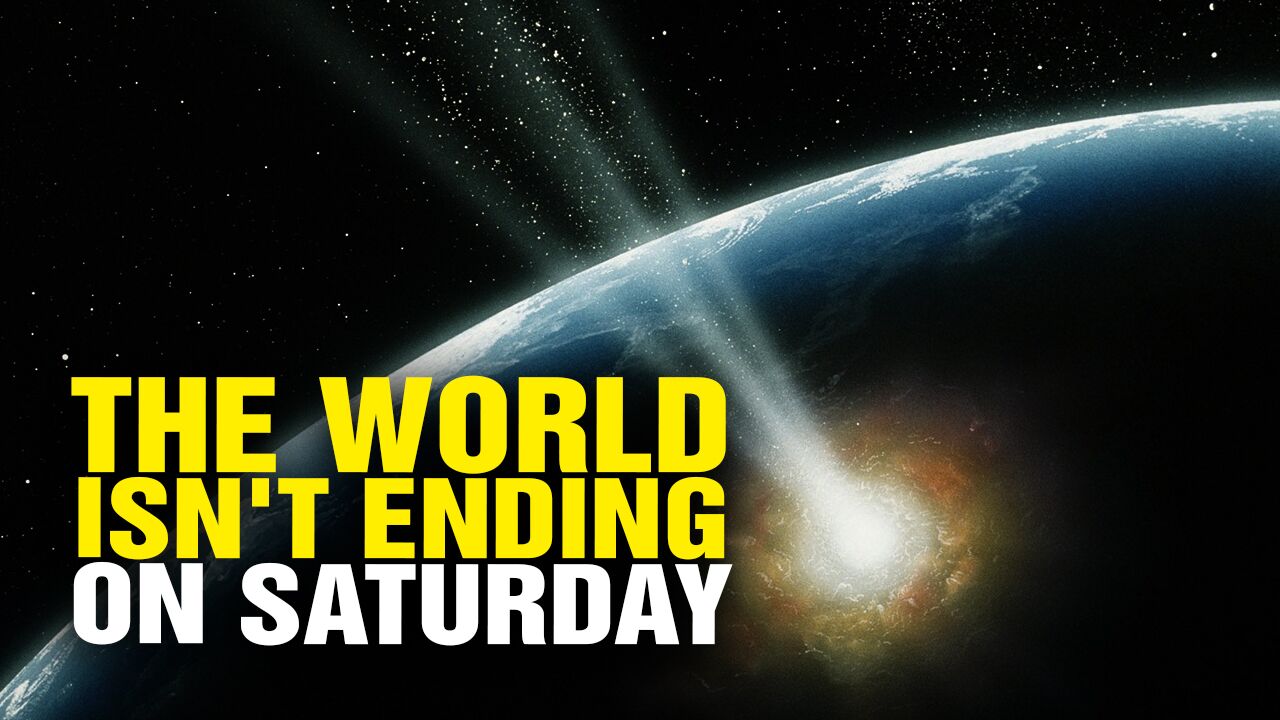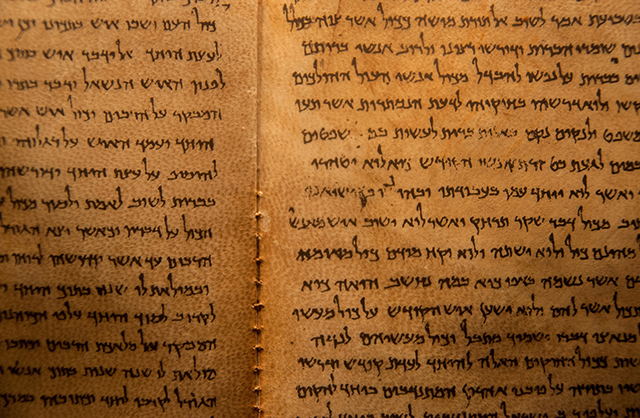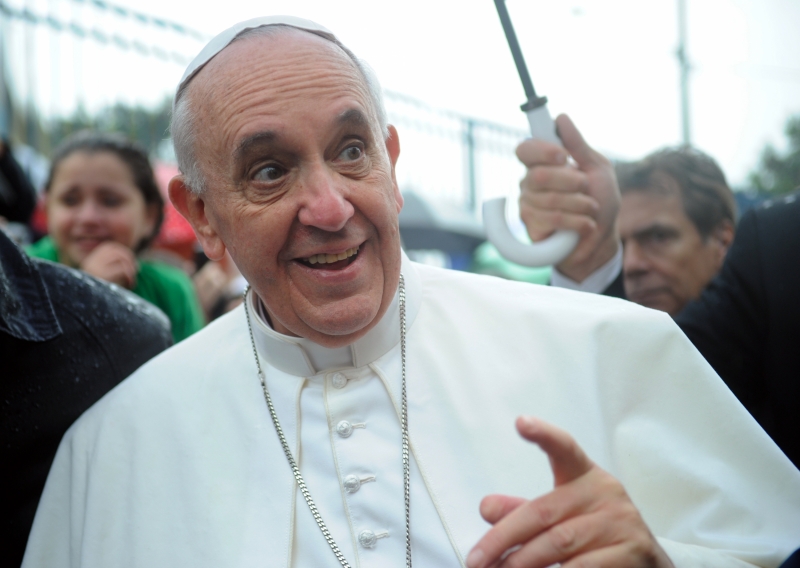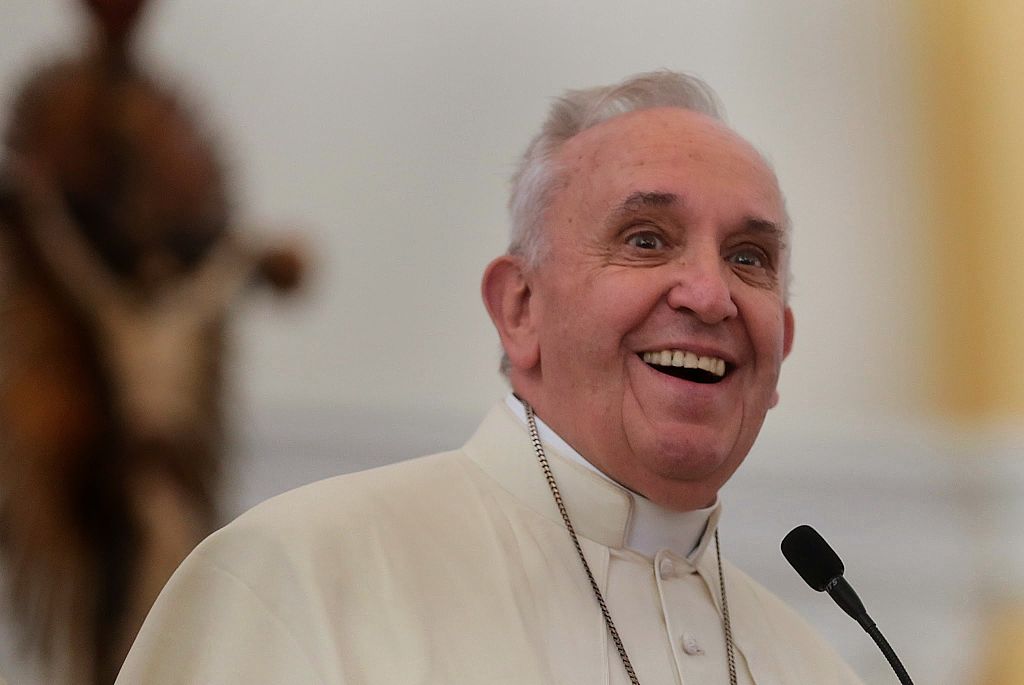To Serve God and Mammon
06/29/2016 / By prophecynews

Last year, the aptly named Pastor Creflo Dollar, a prosperity gospel preacher, made headlines when he asked God for a new $65 million luxury jet. Apparently spreading the word of the Lord was no longer possible without a Gulfstream G650. A wonderfully straight-faced fundraising video suggested that if each member of the flock sent in $300, “we’d be able to acquire this jet in a very, very short time.”
(Article by Gordon Haber)
Creflo Dollar Ministries removed the video after a public outcry. But it went ahead with the plans to buy the jet anyway. Last year the organization announced that it would make the purchase “at a time, place and price of our choosing”—as if anyone cared about the where and when. It’s unclear if in the end Dollar got his jet. His website has been scrubbed of any mention of “Project G650.” But it’s a safe bet that he got something nice. After all, one of the tenets of the prosperity gospel is that the preacher himself should be prosperous. Dollar’s net worth, by the way, has been estimated at $27 million.
Dollar is just one example of such shameless hucksterism. Bishop T.D. Jakes sends “free” DVDs for a donation of $70 (estimated net worth, $18 million). Pastor Joel Osteen does not solicit donations, but he doesn’t return them either (estimated net worth, $40 million).
Clearly the prosperity gospel pays well for its practitioners. And its simple message of faith and funds appeals to millions, even tens of millions, despite its primary effects being a lightening of the wallet and spirit. For these reasons, many observers consider it one of the more crass religio-cultural developments of recent years. But those of us who take an interest in American religion also want to dig a little deeper. So what exactly is it?
According to Kate Bowler, author of the 2013 book Blessed: A History of the American Prosperity Gospel, it’s a largely non-denominational Christian movement with four “hallmarks”: faith, health, wealth, and victory. More specifically, the prosperity gospel claims a casual relationship between belief and worldly success—indeed that with faith, anyone can achieve “total victory here on earth.”
This stuff can be hard to swallow. But Bowler, to her credit, doesn’t sneer at those who give their dollars to Dollar. For her, the prosperity gospel is an expression of the “basic and ordinary” American desire for “the good life.” And while Blessed doesn’t shy away from the unsavory episodes in the history of the movement—e.g. the rise and fall of lachrymose frauds like Jim and Tammy Faye Bakker—there’s a kind of mature understanding that “religion and money have never stood more than an arm’s length apart.”
A more recent book takes a less nuanced view. In The Money Cult: Capitalism, Christianity, and the Unmaking of the American Dream, Chris Lehmann sees the prosperity gospel as a perversion of Christian values, turning “the ministry of Jesus into a battery of business stratagems and motivational slogans.” The movement, in fact, is merely the most recent iteration of what Lehmann calls the Money Cult, or the “frank celebration of wealth as a spiritual virtue in American Protestantism.” For Lehmann, the prosperity gospel is thus implicated in America’s greatest crises—economic inequality, the health care mess, the 2008 crash, perhaps even the 2015 New York Giants.
Lehmann, an editor at The Baffler and Bookforum, earned an M.A. in history from the University of Rochester. But his take on the prosperity gospel becomes clearer when you consider his previous books: Revolt of the Masscult, an investigation into how culture has been subsumed by the marketplace, and the titularly self-explanatory Rich People Things: Real-Life Secrets of the Predator Class. The Money Cult does provide an interesting survey of the nexus of American Christianity and capitalism—and I hasten to add that I share Lehmann’s disgust with American inequality. But the book is less a history than an exercise in progressive contempt.
Lehmann’s narrative begins with the Puritans, whom he acknowledges indeed arrived on our shores seeking religious freedom. At the same time, they hoped to establish a thriving, orderly, money-making community. At first, in a deliberate imitation of the early church, they practiced a kind of profit-sharing. When this didn’t work they took a more individualistic approach to their endeavors. Lehmann sees this shift not as a rational response to circumstances, but as the Money Cult’s original sin, a “radically egalitarian” vision devolving into “sanctified capitalism.” (Christian Reconstructionists, by the way, see the Puritans’ tactical shift as proof of the evils of collectivism.)
Along with the rumblings of Revolution, the Colonial Era brought more overt precursors of the Money Cult. The First Great Awakening swept through the colonies in the 1730s and 40s, bringing with it the now-familiar evangelical focus on salvation and capitalism. George Whitefield, a wildly successful preacher, discussed religion in the language of the marketplace, likening original sin to bankruptcy and salvation an investment in the “Bank of Heaven.”
Whitefield was not a huckster. He never asked God for a fancy new carriage. But his example does demonstrate how easily Americans have conflated piety and profit. Whitefield was one of those godly souls who advocated for slavery in religious terms, and there are discomfiting echoes of the prosperity gospel in his sermons: “it is God who gives men power to get wealth and therefore the best way to prosper in this world is to secure his favor.”
This sentiment would be amplified by the Mormons. Lehmann describes them as “super Americans,” an intense distillation of religion, capitalism, and American exceptionalism—themes he also explored in a 2011 Harper’s article. Like the Puritans, the Mormons first began as a “quasi-socialist concern.” But then, according to Lehmann, Mormonism “metamorphosed into a land-hungry, labor-intensive model of worldly enterprise, aiming to secure every advantage it could over its competitors in the Gentile world.”
The early Mormons were indeed aggressive entrepreneurs, and their present-day landholdings in the West and Southwest are evidence of their long history in real estate. And their business tactics were at times dubious. In Ohio, the authorities had to step in when a Mormon-owned bank printed its own currency. Later, during the westward expansion, the church used tithed labor to underbid their competitors for lucrative railroad and telegraph contracts—like Whitefield, they apparently believed that God wants us to keep labor costs down.
In terms of the prosperity gospel, certainly a kind of pecuniary magical thinking is distinctly connected with Mormonism’s origins. Joseph Smith started his career as a “money-digger,” hiring himself out in upstate New York to divine the location of buried treasure—a short step to Smith’s unearthing of the golden plates engraved with “reformed Egyptian” and the “seeing-stone” that he used as a translation aid.
But Lehmann’s take on Mormonism is unduly harsh. The Mormons faced real hostility from the American establishment, which, as we know, tends to make religious minorities more inward-looking and self-reliant. Nor was the Mormon church the only religious institution that profited from real estate. Since the eighteenth century, for instance, one of the wealthiest New York City landowners has been the Episcopalian Trinity Church.
Lehmann’s arguments are stronger when he connects the prosperity gospel to “New Thought,” a movement that was roughly contemporaneous to the rise of Mormonism. Like Mormonism, nineteenth-century New Thought practitioners saw the “marketplace as the primary theater of redemption.” But here the focus was more on hope than hard work.
The progenitor of New Thought was one Phineas Parkhurst Quimby, a mid-nineteenth century quack who claimed to have cured his own tuberculosis. Quimby taught that all illness was mental in origin, that we could achieve health and wealth with our thoughts and feelings. Quimby saw this as the essence of Jesus’s teachings, and merely by grasping this “truth” we could overcome disease: “The explanation is the cure.”
This marvelously circular application of logic has had a profound effect on American spiritual culture. From the New Thought arose Theosophy, Christian Science, even Emersonian self-reliance. William James took it seriously in The Varieties of Religious Experience. Frank Baum was a Theosophist, and the Wizard of Oz books (if perhaps not the film adaptation) can be read as an allegory of New Thought. There was even a Jewish Science, which likely put a less joyful spin on saying, “My son, the doctor.”
When you follow the descendants of New Thought into the twentieth century, it’s interesting to see how protean it is, how easily it adapts to contemporary concerns. It’s impossible to understand Norman Vincent Peale’s “practical Christianity” and his hugely popular self-help manual, The Power of Positive Thinking, without New Thought. But mid-twentieth century America’s greatest foe wasn’t disease but godless Communism. Peale saw his teachings as a way of fighting FDR’s “pagan stateism” and the hideous evils of unionization.
It can be a dicey proposition to trace such vagaries through the centuries with absolute certainty. But one of the strengths of The Money Cult is that it treats the health and wealth gospel as overlapping or competing movements with a consistent theme, as opposed to one bright line through American history. I think it’s fair to say, as Lehmann does, that “Peale prefigured many of the radical transformations that lay ahead for American Protestant faith, fusing a hard-line conservative political outlook with an enthusiastic embrace of modern therapeutic technique.” It’s not hard to see the how much Joel Osteen’s slick hypnotic bromides owe to Peale’s genial banalities. Both Billy Graham and Oral Roberts were pro-business preachers, believing that Jesus cared deeply about capitalism.
New Thought lives on even in non-Christian movements and teachings like The Secret, which claims that the “laws of attraction” can bring material success. If you want something enough—money, a new car, a boat—you can get it just by thinking about it. Scientology claims that its adherents can transcend the physical realm, with the right investment of time and money.
The sinister outcome of all this magical thinking, which The Money Cult illuminates nicely, is that America’s destructive alignment of religion and business interests have convinced millions that if they’re sick or poor, it’s their own damn fault. But this is related to the book’s tendentious argument, which is its biggest weakness. Bowler recognizes that the American desire for health and wealth is “basic and ordinary,” the prosperity gospel a “decisive theological, economic, and social force shaping American religion.” For Lehmann, religion in America is little more than a way to siphon money from the credulous while oppressing them. It’s basically the same trick of the New Atheists: hammer away at the worst aspects of religion without acknowledging the slight possibility that it may do some good.
Another serious weakness of The Money Cult is that its sources are for the most part books about books. A few more primary sources would have helped to make the book less of a screed—for instance, I’d be interested to know what Whitefield’s followers had to say about him to get a sense of his enormous appeal. And it doesn’t seem as if the author attempted to interview, say, a few of Dollar’s followers or any actual Mormons. Nor could I find any attempt to interview one or two prosperity preachers or at least one of their flacks.
In fairness, unless you’re in TV, that latter case can be a tough nut to crack. A couple of years ago, for a different piece, I tweeted one of Joel Osteen’s subsidiary charities, Generation Hope Project, to ask if it was a non-profit. The response was immediate: “Yes we are!” I then asked if they would email me their tax filings. The result, not surprisingly, was a thundering silence.
Gordon Haber writes about religion and culture. His most recent fiction, the short story “His Grandmother’s Memory,” is available as a Kindle Single. He also publishes e-books at Dutch Kills Press. He does not live in Brooklyn.
Read more at: religionandpolitics.org
